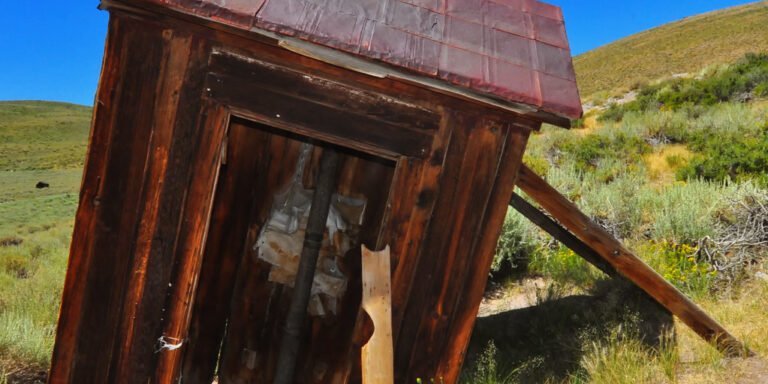
What Is Wealth Preservation?
Wealth preservation is the protection or the preservation of your initial investment, that is the principal sum that you invest when you first invest in any type of asset. So, for example, if you’re investing in a GIC and you put in $10,000, that $10,000 is your principal, and that’s what you’re trying to protect. So, one of the things you need to think about when investing in anything is wealth preservation.
Guaranteed Investment
In a GIC you will not be impacted by any loss or any response to the market for the investment that you’ve made because that’s the whole concept behind the guaranteed part of a GIC is that it’s a guaranteed investment. So, by default your wealth and your return are both protected.
Net Value of an Investment
What happens over time though is that your investment will hopefully bring a positive return. You can apply any interest you’ve earned towards offsetting any loss that you’ve experienced. So, the net result may be that you preserved your wealth using the interest earned.
For example, let’s say you invest $10,000 into a mortgage investment or into some type of stock. By the way, stocks are not very good at wealth preservation because, as you know, if you invest in a stock, the stock can go up or down. So, back to the example. If you invest in a stock, that’s worth $10 and it goes up to $11, you still have your initial $10 investment that you made. Whereas the stock could go down to $9. But if you earned $1 in interests, you preserved your initial investment, and the net value is back to $10. But keep in mind, stocks are not a very good wealth preservation alternative.
Low Returns
The challenge with wealth preservation is that usually, the return you’re getting on these investments is very low. So, for example, things like savings accounts give you wealth preservation, but they also give you a very low return. As I mentioned before, your return could be as low as less than 1%. Not could be. Right now they are less than 1% and a lot lower than 1%.
GICs are a good example of wealth preservation. So are money markets funds and most real estate investments, which is contrary to what you would think.
Wealth Preservation with Real Estate
With real estate, if you’re investing money, you want to invest in assets that are going to go up in value. For example, if you’re making an investment in a fix and flip type of investment, you’re not guaranteed that you’re going to get all your principal back. Let’s say you make an investment of $100,000 into a fix and flip. You could actually lose money on that flip because you never know what the costs are going to be that are associated with that flip.
Appreciation is another thing that can contribute to wealth preservation. If you’re invested in real estate, and it goes up in value, depending on the structure of your investment, you could get a return back from that appreciation as well, but it’s not guaranteed. If you are familiar with what happened during the subprime crisis, that did not happen. A lot of people lost a lot of money between 2008 and 2010. What happened is the actual value of properties decreased. Now that’s very rare. And that only happens in unique times.
But real estate is cyclical. And the return that you get on a real estate investment usually comes with a certain amount of wealth preservation because real estate prices tend to increase over time.
Inflation in Wealth Preservation
Another challenge you get with wealth preservation is because you’re looking for protection of your original investment the returns are very low. But the challenge with having a low return is that it may not keep up with inflation.
So, for example, as I’m recording this, it’s January 2022. We just went through huge inflation over the last 12 months. In fact, for 2021 inflation was up 7%. Now, if you’ve got an investment, that’s only giving you 3%, 4% or even 5%, you’re losing money on that investment. So, it’s something to think about when you’re planning a good wealth preservation strategy.
It may be that you want to only contribute a portion of your total portfolio to a wealth preservation strategy. That is take 10% or 20% or 30% and put it in something that you’re going to focus on protecting your original investment but is going to give you a low return. And so over time, you will at least have that piece that’s protected. And then the other portion you could put into medium risk investments, and maybe some high-risk investments.
Okay. So, make sure you’re looking at wealth preservation together with your return and other aspects of wealth preservation.






